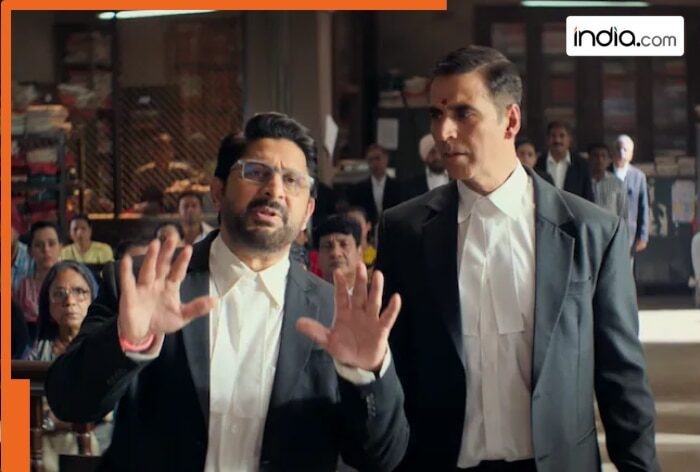Akshay Kumar and Arshad Warsi’s most anticipated courtroom drama, Jolly LL.B 3, has officially released in theaters, helmed by Subhash Kapoor. Check out the full review.
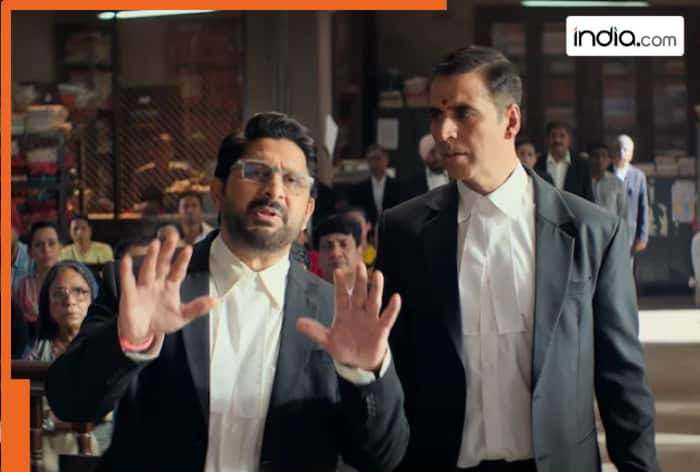
The Jolly LLB series returns with its third instalment under the direction of Subhash Kapoor, bringing back Akshay Kumar and Arshad Warsi in opposing lawyer roles as Jolly Mishra and Jolly Tyagi. The film’s central courtroom battle is sparked by a social injustice, land seizure from a farmer and the widow’s fight for justice. Beyond the trial scenes, the movie weaves satire, humour, and a sense of urgency about corruption and power. The first half lays groundwork: character motivations, backstories, and sharp comedic skirmishes. Things pick up in intensity when the courtroom war begins in the second half.
What is the plot of Jolly LLB 3?
The film opens with a heart-wrenching story of a farmer, Rajaram Solanki, whose land is wrongfully taken by a powerful corporation known as the Imperial Group. His despair leads him to end his life, prompting his wife, Janaki, to seek justice. The narrative soon shifts to the Delhi High Court, where two familiar legal minds, Jagdishwar “Jolly” Mishra (Akshay Kumar) and Jagdish “Jolly” Tyagi (Arshad Warsi), find themselves on opposite sides of the same case. Each brings a unique approach to the courtroom, showcasing their contrasting ideologies and personalities through humorous exchanges and dramatic encounters. Janaki reaches out to both lawyers, hoping one will take up her case. The trial unfolds under the watchful eye of Judge Sunderlal Tripathi (Saurabh Shukla), who brings his signature wit and frustration as he navigates the chaos brought by the two Jollys.
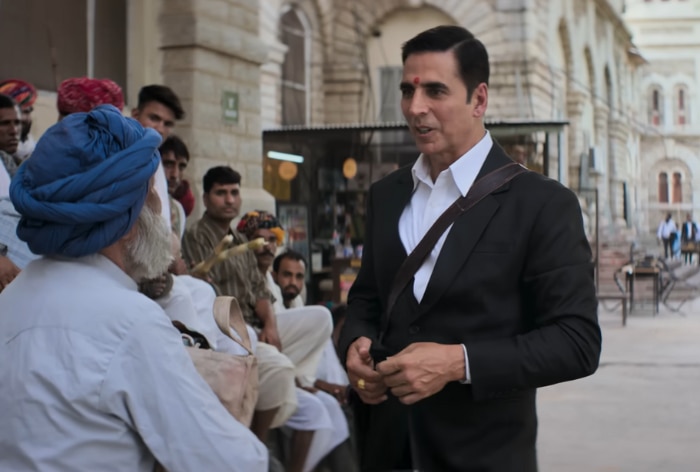
How were the performances?
Akshay Kumar
Following Kesari 2, Akshay Kumar’s role in the film comes across as powerful and impactful. He isn’t just a force in the courtroom but brings emotional depth as well. His blend of humour, moral rage, and empathy fits seamlessly into the narrative. Especially in the climax, his emotional scenes feel honest, and even in lighter moments, he keeps the character grounded and relatable.
Arshad Warsi
Just like always, Arshad Warsi is excellent, especially when he has to balance comedy with seriousness. There are moments when Akshay’s Jolly is more prominent, but Warsi doesn’t get overshadowed, his camaraderie with Akshay drives many of the film’s best moments, especially the climax sequence in which Akshay sincerely requests Arshad’s character to give in the closing statement. His underdog energy, the sharp retorts, and emotional appeal shines in the closing act with arguments and emotions that land hard.
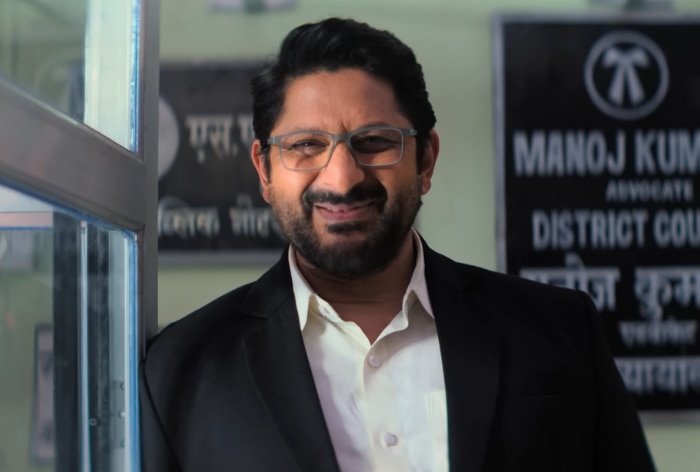
Saurabh Shukla
As expected, Saurabh Shukla delivers yet another standout performance. He not only plays the judge convincingly but also adds depth to the character with his expressions, perfect timing, and humorous moments, especially his playful lover boy angle, which adds charm to the role. His interactions with both Jollys bring life to the courtroom scenes. Without his presence, much of the legal drama would lack the energy and balance he naturally brings, making him a crucial part of the film’s narrative weight.
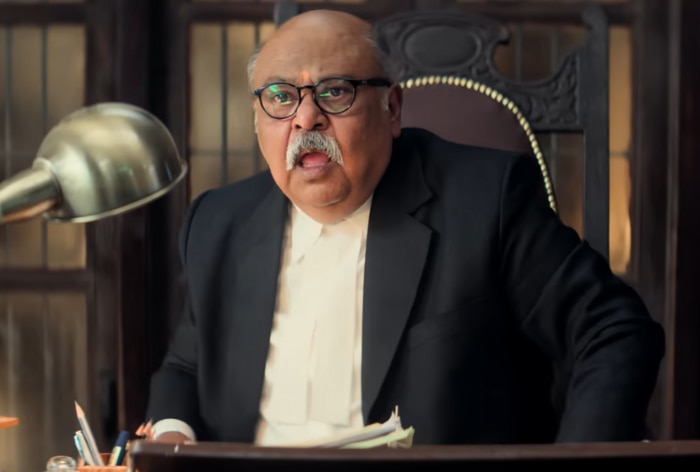
Amrita Rao and Huma Qureshi
Both actresses perform well but are mainly used for emotional support and nostalgia. Their roles lack depth and screen time, serving more to motivate the male leads than contribute meaningfully to the legal plot. It was a delight to see Amrita Rao back on the big screen but unfortunately there isn’t enough substance for her to step out which feels like a nod to fans who want familiar face in the Jolly series, rather than fully grown character.
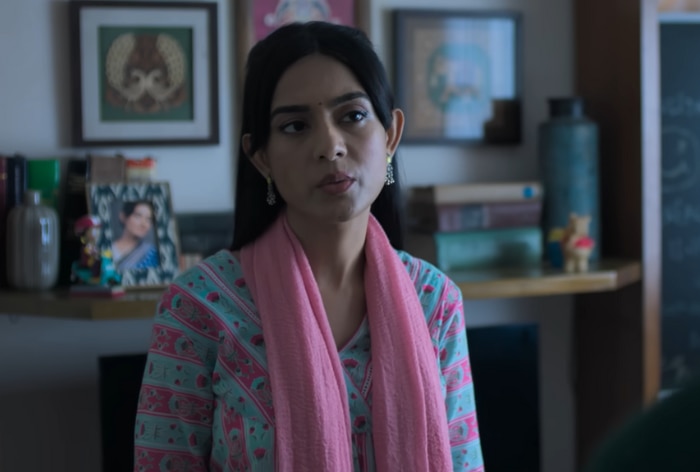
The ensemble supporting cast
Seema Biswas brings a quiet but powerful emotional anchor to the film, portraying grief and resilience with subtlety, her expressions and silences, especially during the climax, leave a lasting impact. Gajraj Rao (as Haribhai Khetan) stands out as a realistic, morally grey antagonist, managing to be menacing without overacting. Ram Kapoor (as Vikram the Lawyer) adds weight to the courtroom scenes. Though his screen time is limited, his presence is strong and his performance draws parallels to Boman Irani’s role from the first Jolly LLB, adding familiarity.
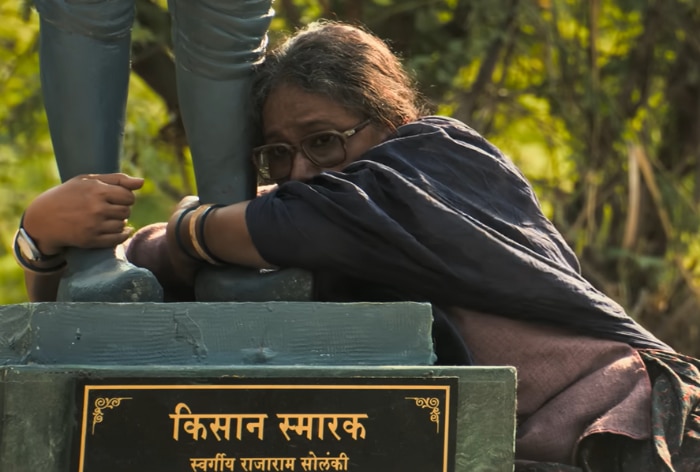
How were the technical aspects in Jolly LLB 3?
The strength of Jolly LLB 3 lies in its content, not in visual gimmicks or overdone technical flair. The film stays grounded, relying more on storytelling, sharp writing, and performances rather than flashy camerawork or dramatic background scores. The cinematography is functional, clean, realistic, and focused on the courtroom and character-driven moments, rather than capturing sweeping visuals or polished frames.
There are no unnecessary songs forced into the narrative, which helps maintain the film’s tight pace. The background music is subtle and used sparingly, allowing the courtroom tension and dialogue to drive the emotion instead of sound cues.
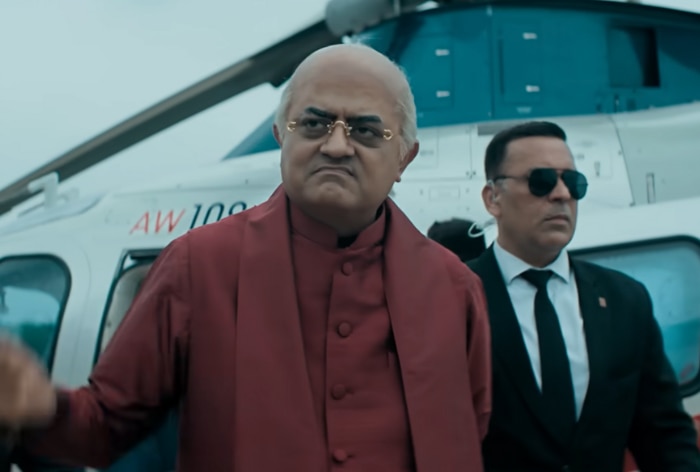
What were the underwhelming aspects of Jolly LLB 3?
One area where Jolly LLB 3 could have been tighter is in its interval block. Just before the intermission, the narrative loses some momentum as it lingers on a racing sequence, which felt like that the director wanted to try a permutation inspired by Rohit Shetty’s film that did not land well. Another misstep is the physical fight scene between the two Jollys. While it’s emotionally charged, it doesn’t land with the same impact as their verbal exchanges. Apart from these two Jolly LLB 3 completely shines.

Did Subhash Kapoor justify the appeal of the sequel?
Yes, Subhash Kapoor largely justifies the appeal of the sequel. He successfully retains the core essence of the Jolly LLB franchise, sharp courtroom satire blended with massy entertainment and a power packed satire while elevating the stakes by bringing both Jollys face-to-face. His writing still carries punchy dialogues, layered arguments, and a relevant social message that connects. While a few segments could’ve been tighter, the overall narrative delivers what fans have expected from the franchise.
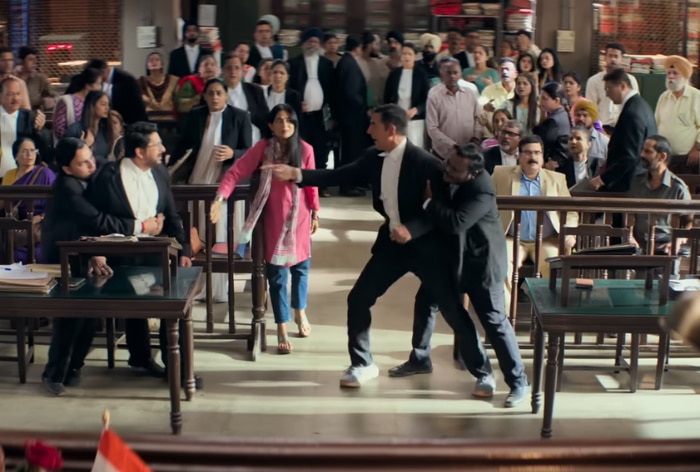
Final Verdict of Jolly LL.B 3
Jolly LL.B 3 strikes a fine balance between satire, courtroom intensity, and emotional storytelling. Anchored by strong performances and a solid supporting cast, the film delivers both entertainment and reflection. While it stumbles slightly with a dragging interval block and an unnecessary fight sequence, the narrative picks up with smart writing, grounded direction, and a socially relevant theme.
Rating: 4/5



